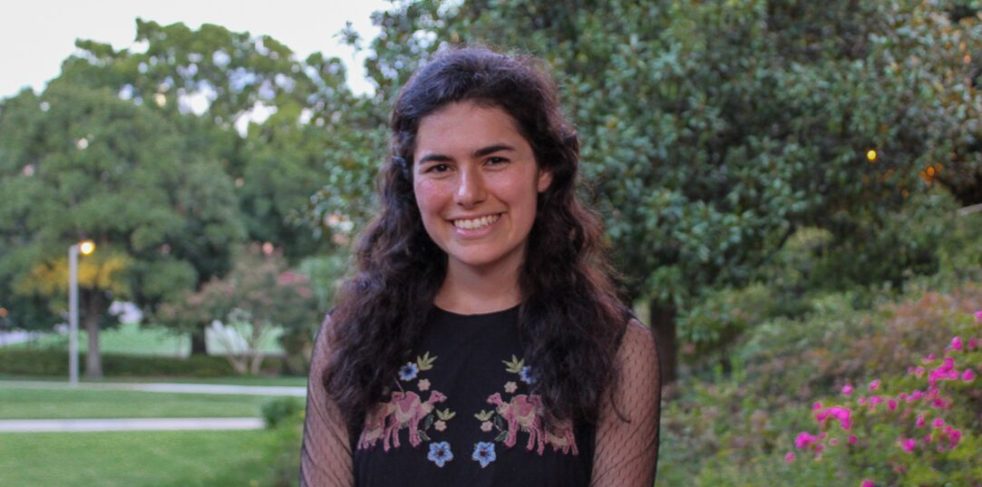What makes a day wonderful? Is it getting that grade you wanted on your last exam, hearing back from that exciting job opportunity or hanging out with that friend you have been crushing on?
What about for an artist like Maira Kalman who has published a score of children’s books, contributed to publications like The New Yorker and The New York Times, spoken at TED conferences, and filled museums with her work? What must occur before someone in such a position can consider a day wonderful? The answer can be found in “The Most Wonderful Day,” a four-minute video of Kalman’s that is on display as part of her “Pursuit of Everything” exhibit at the High Museum of Art.
“The Most Wonderful Day” does not focus on any of the acclaimed artist’s many triumphs or accolades, nor does it take place somewhere extravagant. Instead it features a day in the life of the artist in her New York studio and its neighboring parks. The video centers around a letter that Kalman writes to a loved one about what appears to be a rather ordinary day. She starts off by making herself breakfast (“You know how much I love toast,” she interjects.) Along the way, she causes several dishes to fall to their untimely demise.
A knock at the door informs her that her piano teacher has arrived. Who better to teach the famed Maira Kalman music than a chicken named Mrs. Danzenger? Kalman’s off-key rendition of a Mozart sonata continues to play in the background of the video while she moves into her studio to focus on painting, soon attending to other things (“Painting is exhausting!” she exclaims).
As she walks through Central Park, Kalman narrates about the joy of looking. There is so much to look at — from trees to people to penguins and more trees.
All this walking works up an appetite for the artist who then makes herself a very pink cake, not complete without a layer of raspberries on top. The great artist then completes her “truly, indubitably, without question” most wonderful day just as anyone else would; by rolling twelve clementines down the hall, of course.
Kalman’s video undeniably presents silly and even absurd moments, but it is nonetheless a video to be taken earnestly. Must something truly exceptional occur before a day can be considered wonderful? Can we look past mishaps of breaking dishes or the stresses of a demanding job to find wonder in the small moments? “Good,” “fine” or “okay” serve as the most typical responses to the question “How was your day?” When I began to replace these familiar responses with “wonderful,” I was “truly, indubitably, without question” always hit with another question: “Why?” To answer what had made my day so wonderful, I had to reflect back on the small moments of my day that were otherwise overlooked. “I already ate three apricots before lunchtime.” “The breeze outside the Culc rooftop was especially encouraging while I finished up some homework (well, at least tried to finish).” “I talked to my great-aunt on the phone today.”
I used to think that these small moments were nothing more than small; that they were disconnected patches of sun in what had been an otherwise rather grey and uninteresting day. I used to think an entire list of exceptional occurrences far greater than these small moments must first take place before I could consider a day wonderful.
As Kalman’s whimsical video reveals, these small moments are themselves exceptional. These sparks of light reveal the wonder that can be found in the colorful and interesting happenings of everyday experiences. People often think that when they have something — that coveted GPA, dream job or perfect relationship — then they will be happy.
Instead, make a change in your mindset — why not make today your “most wonderful” day?
